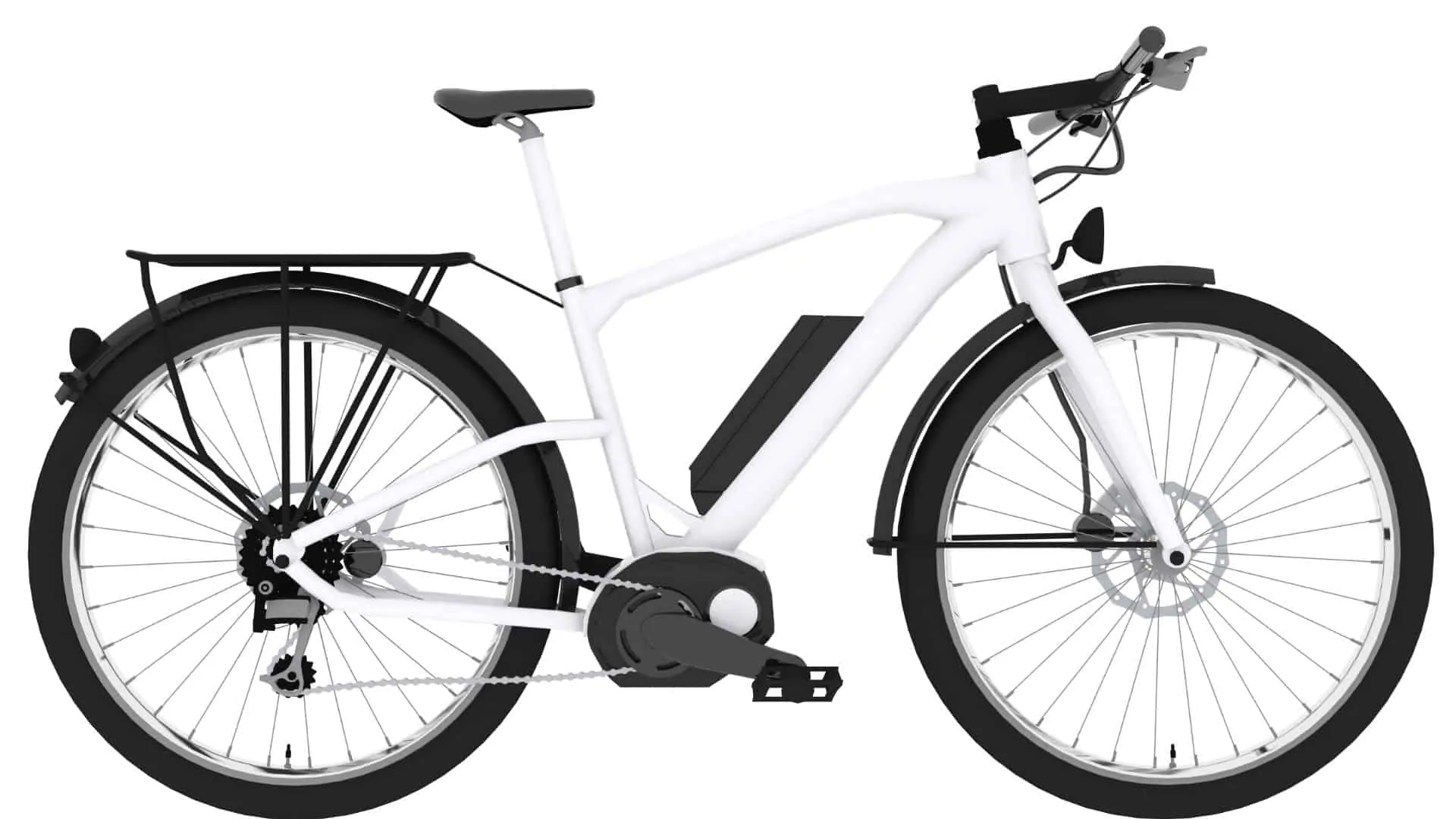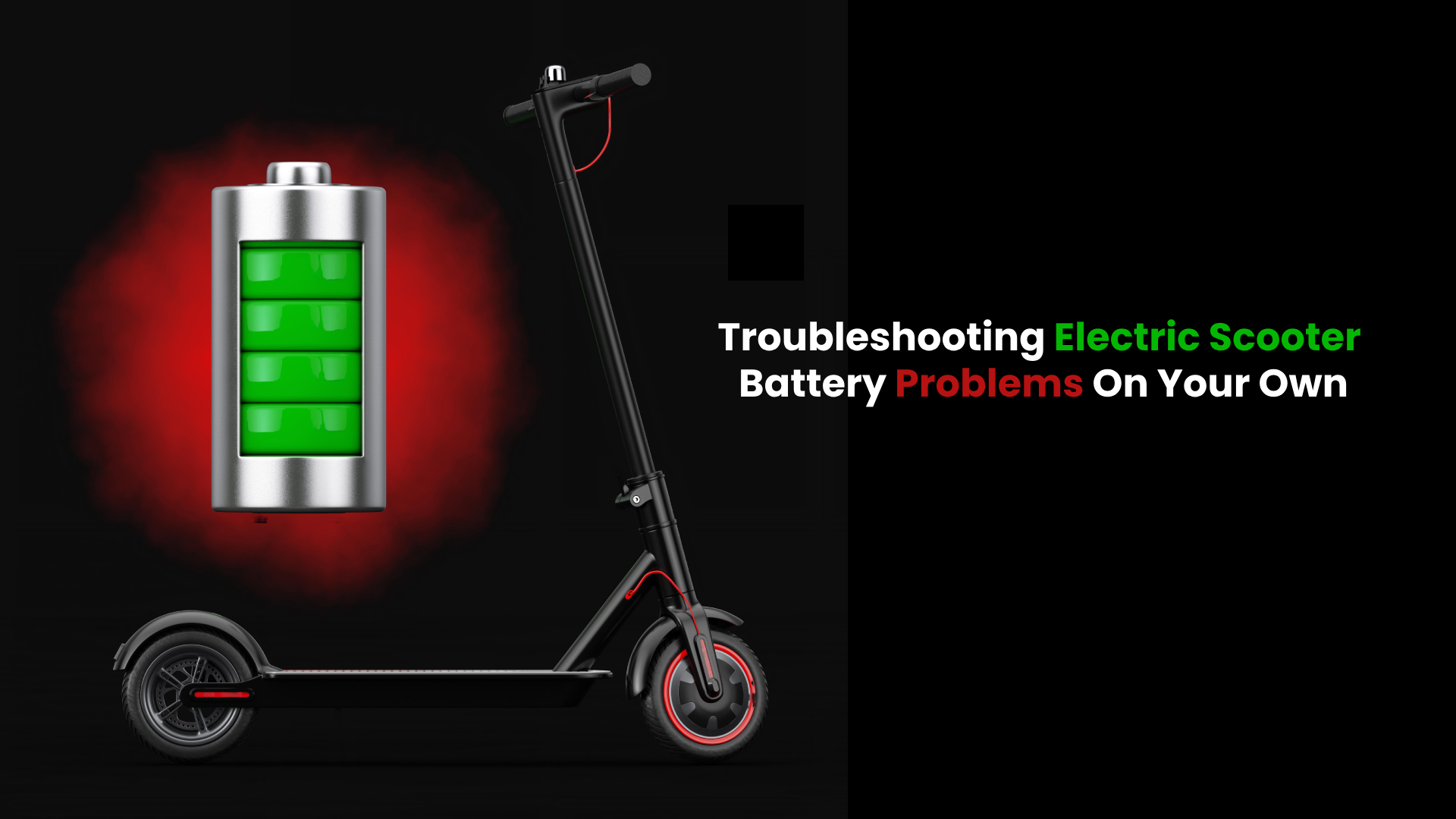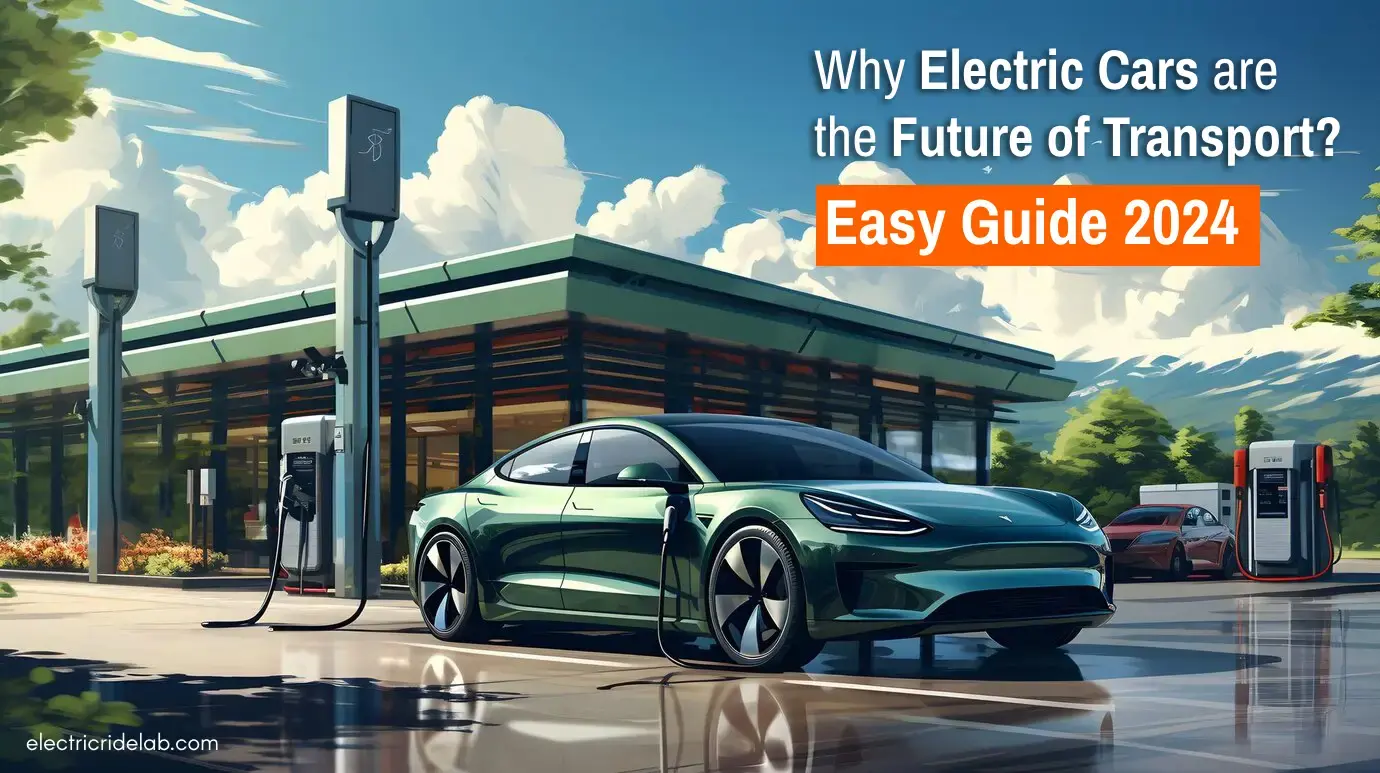The biggest concern people have with electric bikes is how long do electric bikes last?
In general, electric bikes last for three to five years; after this, the performance of the battery life begins to decline and a motor without proper maintenance will start to lose it’s efficiency.
After years of growing popularity in Europe, electric bikes are finally making a major appearance in America.
Electric bikes let you go farther, faster, and with less effort than the normal bikes.
Of course, the way you maintain your electric bike battery affects its longevity and performance. For instance, if you store your bike somewhere dry and protected from temperature fluctuations, then it’s definitely going to last much longer.
After all, an electric bike is a huge investment, and everyone wants to get the best from their purchase.

Electric Bikes: Why So Expensive and so Popular and Are They Worth the Money?
Electric bikes are a fun and an incredible way to get around without tiring yourself.But why are Electric Bikes so expensive?
Also Read:
Best Long Range Electric Bikes
Now, when looking at electric bikes, two crucial features really stand out are the motor and the battery.
Without them, an electric bike would simply be a standard bike.
So, answer to the question, how long do electric bikes last? depends on motor and battery longevity
How Long Do Electric Bikes Last: Life of Motor
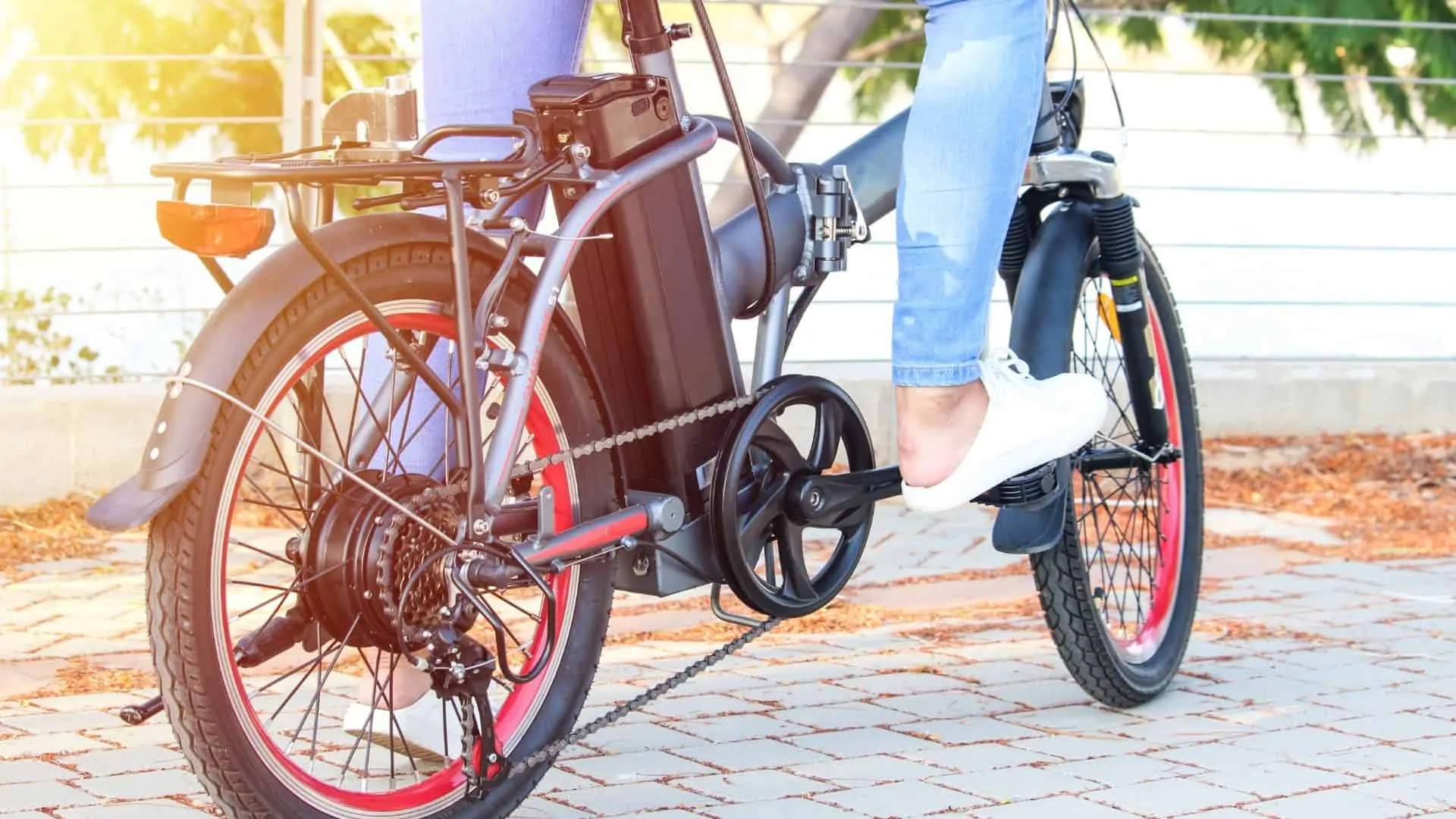
The motor of an electric bike affects the delivery of power on your bike.
Typically, the electrical motors work by converting electrical energy to mechanical energy.
That said, I know you would be interested to know how long they last in an electric bike.
Like any other part of a bike, whether electric or not, the longevity of a motor depends on how good you take care of it.
The good news is, electric bike motors tend to last longer than any other part of the bike.
Surprisingly, you might need to replace the brake pads, batteries, tires, chains, pads, and cassettes before the motor, but it makes much sense if you think about how e-bikes work.
The motor, unlike other electric bike parts, doesn’t run all the time and doesn’t carry any weight.
Instead, the motor only operates when you push down the pedal. However, rather than moving you forward, the motor simply gives you an assist.
However, this does not nullify the need for proper maintenance and care for the electric bike motor.
Below are some handy maintenance tips for the two common types of electric bike motors:
Also Read:
How Fast Do Electric Bikes Go
1) Direct Drive Hub
This motor is typically positioned either on the back or the front wheels, and it provides propulsion via magnetism.
It doesn’t have any moving parts, save for the bearings, and this has the added benefit of extending the durability of the motor.
However, the direct-drive hub is commonly affected by rust and overheating.
So, the first step to extending the durability of this motor is always keeping it dry.
To prevent overheating, avoid running too much power as it can melt the motor, though this shouldn’t be a problem if you have a properly calibrated motor set up.
2) Geared Hub
Geared hub motors spin faster than the direct-drive motors, and they generally deliver more power.
The biggest concern with the geared hub is friction and wear.
Ultimately, this motor will require replacement after 3,000-10,000 miles. For the serious cycling enthusiasts, they might need to perform replacement frequently over the same period.
How Long Do Electric Bikes Last: Battery Life
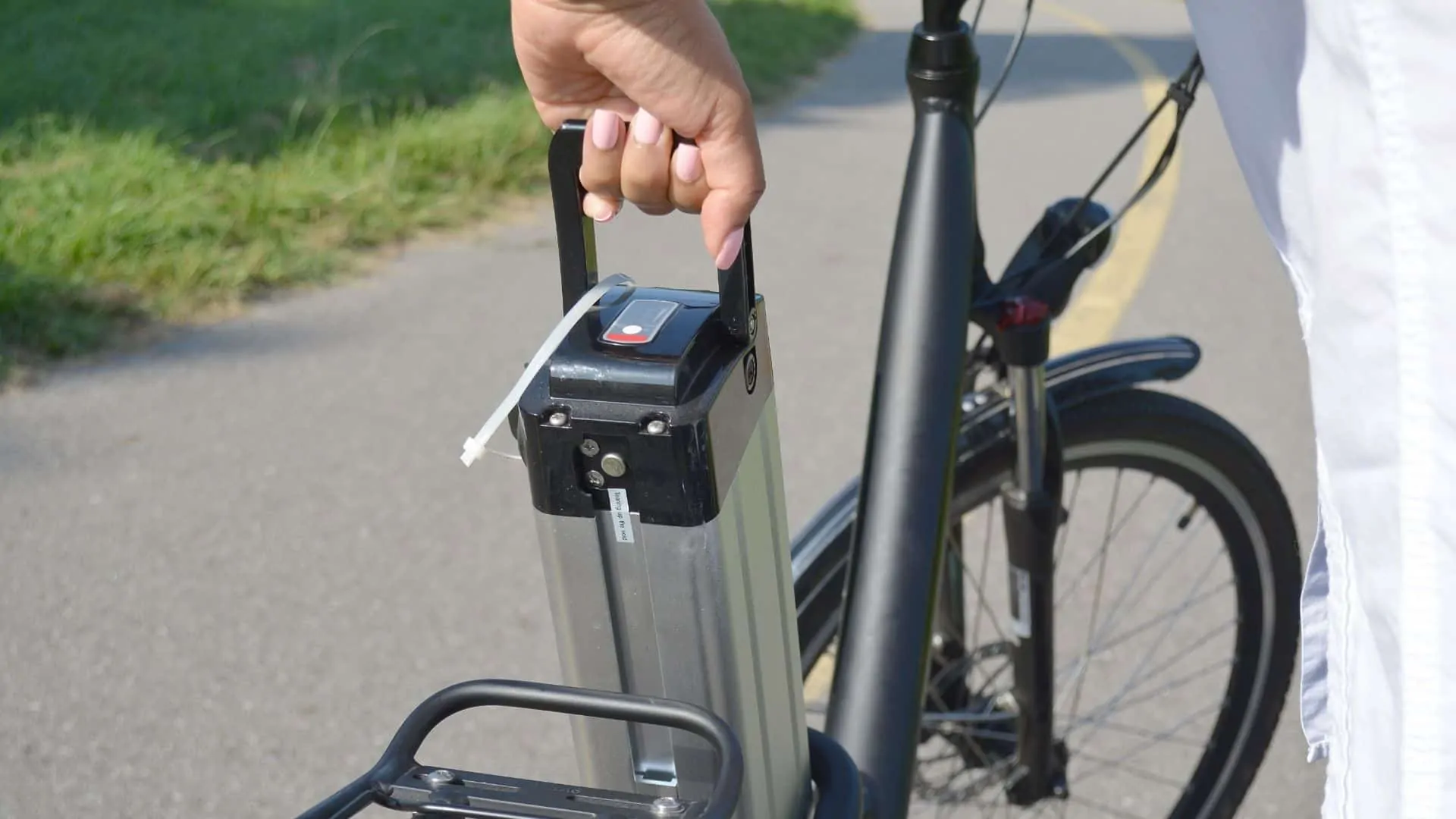
Most of the electric bike’s components normally wear out proportionally to their usage or rather number of miles.
Unfortunately, batteries have the added drawback of also losing capacity simply with time, even with little or even no use.
For instance, if you buy a new battery and store it for a year, its performance won’t be the same as you first bought it.
Calculating Battery Life
Battery life is calculated in charge cycles; the longevity of a battery depends on the number of full chargers (0-100%) that they can undergo before their efficacy gradually diminishes, and they no longer function at all.
Also Read:
Electric Dirt Bike Guide – Everything You Need to Know
Theoretically, an electric bike battery can undergo several hundreds of charging cycles; but how much exactly?
The answer depends on a variety of factors, including the type of battery and care for the battery throughout its lifecycle.
In general, however, an electric bike battery will last anywhere from 3 to 5 years with efficient use.
Battery Type
It’s possible to extend the life of a battery through care, but we can’t change the type of battery since each type has its expectancy.
Some of the common battery options and their charger cycles include:
- Lithium ion batteries- 1000 cycles
- Nickel batteries-500 cycles
- Lead batteries-300 cycles
Note: This is only a theoretical indication based on the manufacturer’s estimation. If anything, the cycles may vary significantly based on build quality.
Prolonging EBike Life Span- How Long Do Electric Bikes Last?
Several maintenance tips can extend both the battery and motor lifespan of your electric bike.
These include:
Keep the battery cool.
Environmental factors affect the overall performance of an electric bike battery.
In particular, temperature affects shelf life, charging, and voltage control.
Leaving your battery exposed to high temperatures, for instance, lessens the life of your battery.
As a rule of thumb, store your batteries out of direct sunlight for long periods; ideally, the recommended temperature range for most batteries is 65-90 Fahrenheit.
Store the battery partially charged
Storing a fully charged battery has an impact on the recoverable capacity.
It may even be disastrous because most batteries will slowly discharge over time. When the voltage drops below a certain point, it may result in irreparable damage depending on the time it has been ideal.
Ideally, if you’ll need to store your battery for extended periods, ensure it’s not fully charged, but it shouldn’t be lowly charged either.
A range of 40 to 80% is ideal.
Better yet, if your battery has a lower storage setting, switch to this function before charging for storage.
A practical solution to charge the battery fully, then takes your bike for a ride before storing it.
Also Read:
Ebike Battery Guide – All You Need to Know About The Best Ebike Battery For Your Riding Needs
Avoid Fully Discharging your Bike Regularly
It’s quite surprising that a majority of the established sites advocated for a full discharge, even when it’s detrimental to the life of your battery.
This chart by Battery University proves that this habit of discharging batteries to 0% is quite harmful because batteries lack “memory effect.”
However, occasional discharge for the long ride is not harmful, and partial discharges with regular top-ups are recommendable for extending the life of your electric bike batteries.
Keep your Bike Clean
Everyone likes a clean bike. In fact, it says something about your personality when you take time to care for the equipment that takes care of you.
However, don’t make the mistake of going overboard when cleaning your bike.
For instance, using a high-pressure washer could do more harm than good as it forces water into critical areas such as bearings.
While a thorough scrub is okay after a muddy ride, don’t turn it into a habit as it might shorten the life of your electric bike suspension and drivetrain.
Keep the Tires Inflated
Poorly inflated tires are prone to punctures, so you need to inflate your electric bike tires properly.
Here, forget the clumsy hand pumps; instead, you need a standing track pump with a pressure gauge to do the job.
Also, consider the PSI on your tire, and this should help you determine the optimum air to put in.
Check the Bolts Regularly
Over time, the bolts holding your electric bike together might wiggle loose. Ultimately, it exerts pressure on various components on the E-bike, causing faster wear and tear.
However, you can prevent this problem by regularly checking on the bolts, and if you find any loose bolt, you can tighten then and restore the bolts where needed.
Lubricate the Moving Parts
Lubrication is necessary to avoid friction between the moving parts.
When you lubricate the moving parts on an electric bike, you’ll avoid excessive friction, which normally results in premature wear.
Also Read:
How Much Does an Electric Bike Cost?
Proper Storage
Storage is essential in extending the life of your electric bike.
Outdoor storage in an unprotected area is not advised because the direct temperatures, sunlight, and moisture can damage your electric bike and shorten its life.
Instead, you should store your electric bike indoors, as it greatly minimizes wear and tear and extends the life and usability of the e-bike.
Here’s a recap of how to extend the battery life of your electric bike:
- Store your batteries in a cool, dry place
- Avoid full discharging of your batteries.
- Avoid ultra-fast chargers
- Keep the battery partially charged
- Clean your electric bike, but don’t overdo it
- Inflate your tire properly
- Check on the bolts regularly
- Lubrication is of the essence
- Store your bike properly
Conclusion- How Long do Electric Bikes Last?
The longevity of your electric bike depends on the maintenance and care you show to your e-bike.
For the batteries, a properly maintained e-bike should last between 3-5 years.
In particular, storage, and usage habits of your e-bike battery will determine how long it lasts.

